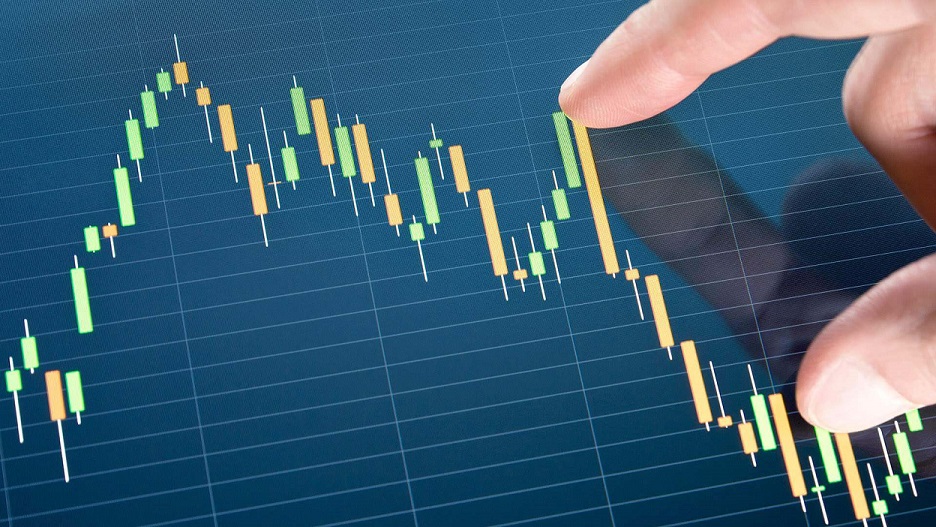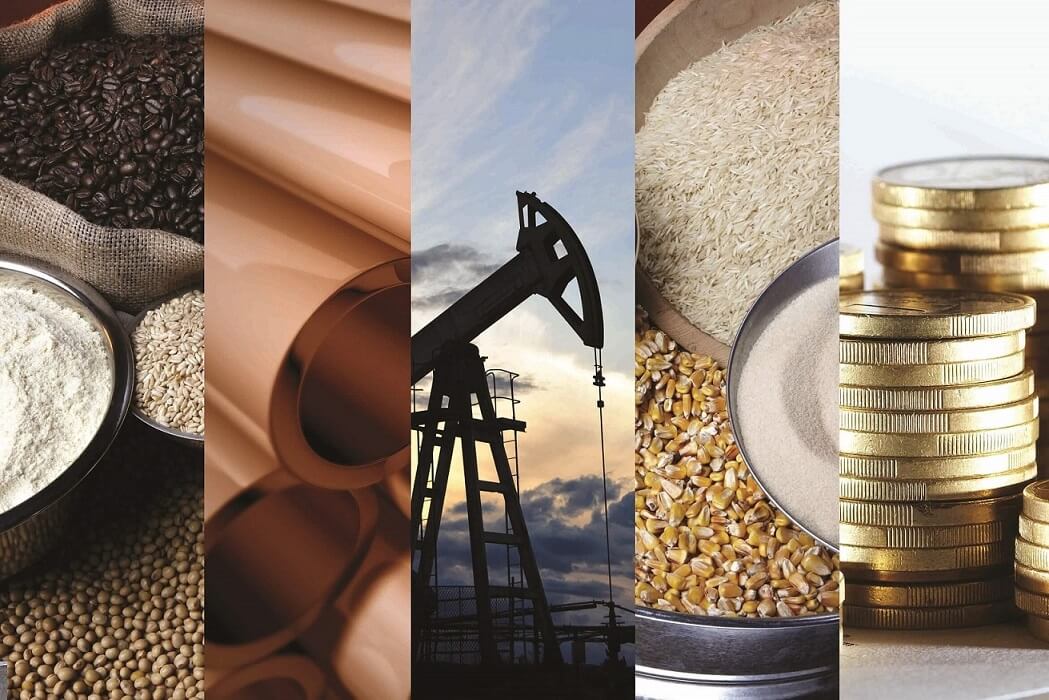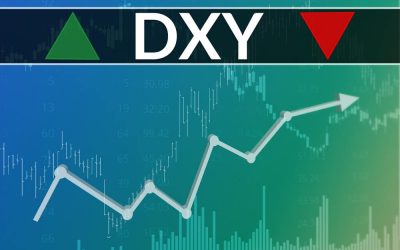
The markets have become very volatile in recent months. Take a look at Meta’s plunge in early February, the biggest 1-day wipeout in market value ever.
There are no safe havens left on the US stock market. Any security could collapse after a regular reporting if it does not meet analysts’ expectations. And getting out of assets and holding cash is also not an option because of the high inflation.
What is going on with the US stock market? Which stocks can generate earnings or at least offer investors some stability? How to invest in such an unpredictable market?
Article content
2022: rough start
Indeed, the beginning of 2022 turned out to be turbulent. Many global indices fell. In March, the S&P 500 index shed 12% since the beginning of the year, and the Nasdaq — about 18%. By the end of September, the S&P 500 was down 24%.
Given inflationary pressures, rising interest rates and geopolitical tensions, volatility has every chance of increasing further.
These market conditions are well suited for traders, as they make money on price movements in any direction. Open a trading account here.
Investors have to think more not about protecting capital, not about daily profits. Therefore, if you’re an investor, review your portfolio and hedge risks. For example, you can bet on the defensive sector, quality companies, commodities, etc.

What should an investor do with high volatility?
Move away from technology stocks
Many economies enter a bearish phase followed by a recession. During such periods, defensive sectors, dividends and value papers perform best among stocks. After all, dividend payments and the undervaluation of individual companies protect against downtrends.
During a panic, the markets fall. Some assets may sink by tens of per cent and some less.
If we take technology companies, these are so-called growth stocks, which usually do not pay dividends and are highly valued by the broader market. These are volatile and risky assets. Investors get rid of such assets first thing in turbulent times.
Historically, the IT sector performed poorly in the last two phases of the business cycle, according to Fidelity’s study.
Balance your portfolio
Most investors know the benefits of diversification, distributing capital across different assets, countries, and sectors of the global economy. This approach reduces portfolio volatility and specific risks associated with individual companies.
In a volatile market, risks increase if the portfolio is poorly diversified or if particular stocks have an excessive proportion in the portfolio. That is true even if you invest in the S&P 500 index. Technology stocks make up nearly one third of the S&P 500. The fact is that a large share goes to larger companies. As a result, the top 10 companies in the S&P 500 are mainly tech giants, comprising about 27% of the index’s cap.
Thus, the portfolio becomes dependent on several large companies. That can lead to massive drawdowns at the end of the economic cycle.
For example, on February 3, 2022, Meta experienced the biggest drop in history — $251 billion. The company’s quotes fell by 25%. Meanwhile, in the early stages of the business cycle, the company performed well and showed a growth of 127% since March 2020.
And this is not an isolated case. Before Meta, there was a 10% drop in Adobe, and in May, Snap shares fell by 43% in a day.
It turns out that the tech giants can fall, hitting the portfolio hard.
Defense sectors and commodities
Examples of defensive stocks include medicine and healthcare, utilities, essential goods, defense, and telecommunications.
We are talking about companies whose services and products are always in demand, despite the economic situation. So, people can’t give up buying food, household goods, electricity, medicines and other essential things they can’t live without. The financial flows of such companies usually don’t sink as much during a crisis.
Even during an inflation surge, rising commodity prices benefit oil, gas, and commodity sectors.
The oil and gas sector has become the most profitable due to the rise in energy prices, adding 38.8% since the beginning of the year.
To recap
World economies are now experiencing stagflation, a dangerous combination of slow business activity and high inflation. In addition, many large economies are facing recession.
Technology companies as high-risk assets. A portfolio that follows the structure of the S&P 500 is subject to high volatility due to a strong bias towards IT giants.
How to protect your portfolio in a crisis?
You can build a well-balanced portfolio. Carefully select stocks based on quality, cost, and dividend factors and focus on low-volatility assets. Commodities are an excellent inflation hedge. The demand will remain high in the long run.
What about free ready-to-use trading ideas? Subscribe and generate profits!







